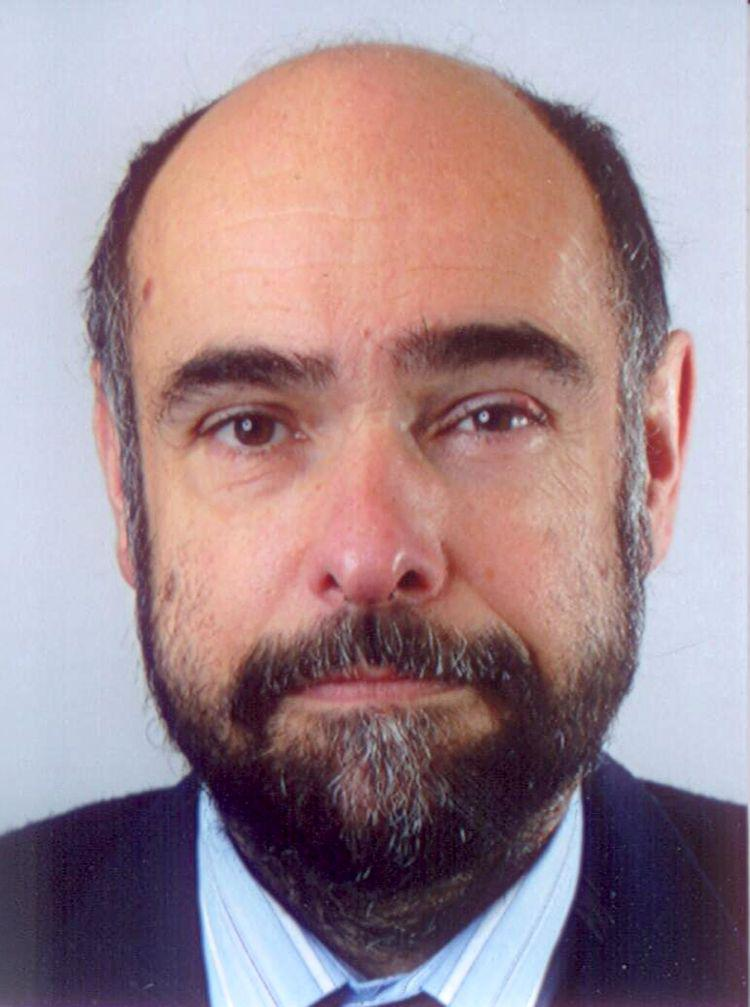
|
|
Conference Tutorial
Image quality assessment for global illumination methods based on machine learning.

|
André BIGAND |
Abstract
Unbiased global illumination methods based on stochastical techniques provide photorealistic images. They are however prone to noise that can only be reduced by increasing the number of computed samples. The problem of finding the number of samples that are required in order to ensure that most of the observers cannot perceive any noise is still open since the ideal image is unknown.
In this tutorial we address this problem focusing on visual perception of noise. But rather than use known perceptual models we investigate the use of machine learning approaches classically used in the Artificial Intelligence area as full-reference and reduced-reference metrics. We propose to use such approaches to create a machine learning model based on Learning Machines as SVM, RVM, in order to be able to predict which image highlights perceptual noise. We also investigate the use of soft computing approaches based on fuzzy sets as no-reference metric. Learning is performed through the use of an example database which is built from experiments of noise perception with human users. These models can then be used in any progressive stochastic global illumination method in order to find the visual convergence threshold of different parts of any image.
This tutorial is structured as a half day presentation (3 hours). The goals of this course
are to make students familiar with the underlying techniques that make this possible
(machine learning, soft computing).
About the Speaker
André Bigand (IEEE Member) received the Ph.D. Degree in 1993 from the University
Paris 6 and the "HDR" degree in 2001 from the Université du Littoral of Calais (ULCO, France). He is currently senior associate professor in ULCO since 1993. His current research interesst include uncertainty modeling and machine learning with applications to image processing and synthesis (particularly noise modeling and filtering). He is currently with the LISIC Laboratory (ULCO). He is author and co-author of 120 scientific papers in international journals and books or communications to conferences with reviewing committee.
He has 33 years experience teaching and lecturing. He is a visiting professor at
UL - Lebanese University- where he teaches "machine learning and pattern recognition"
in research master STIP.













